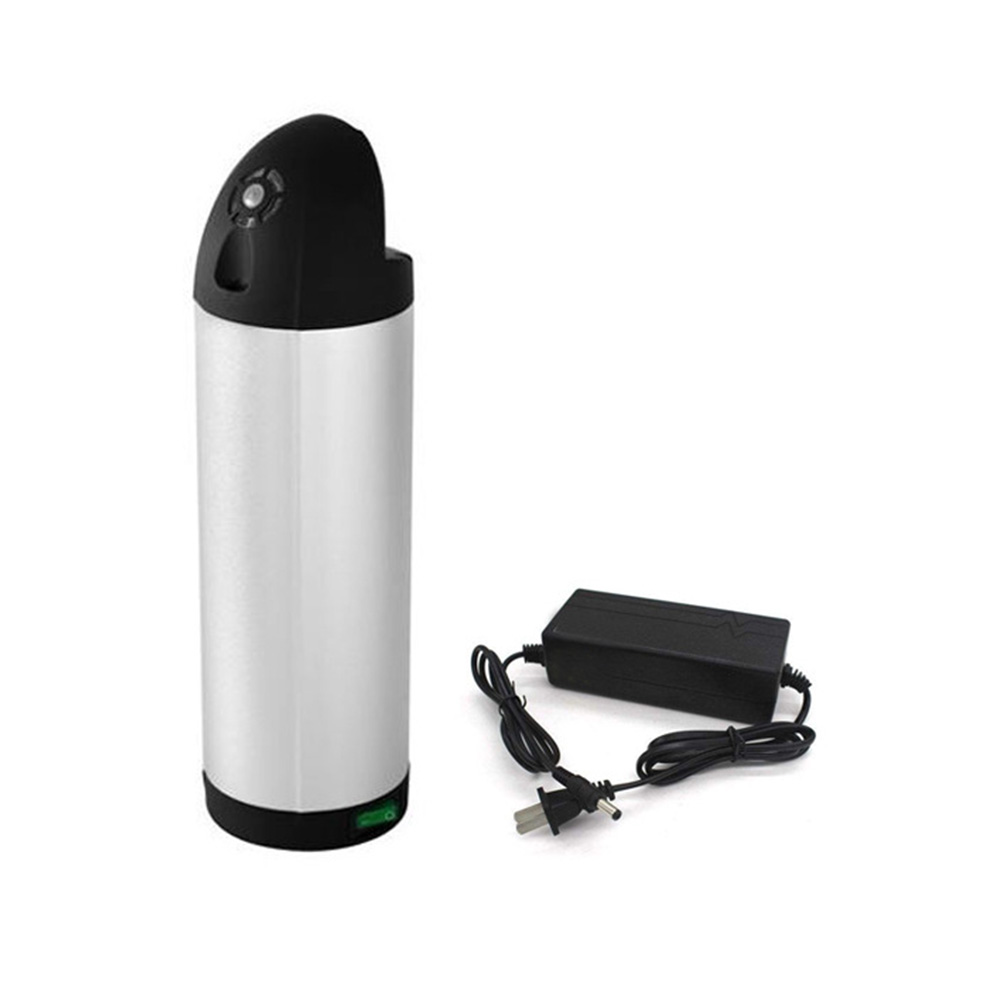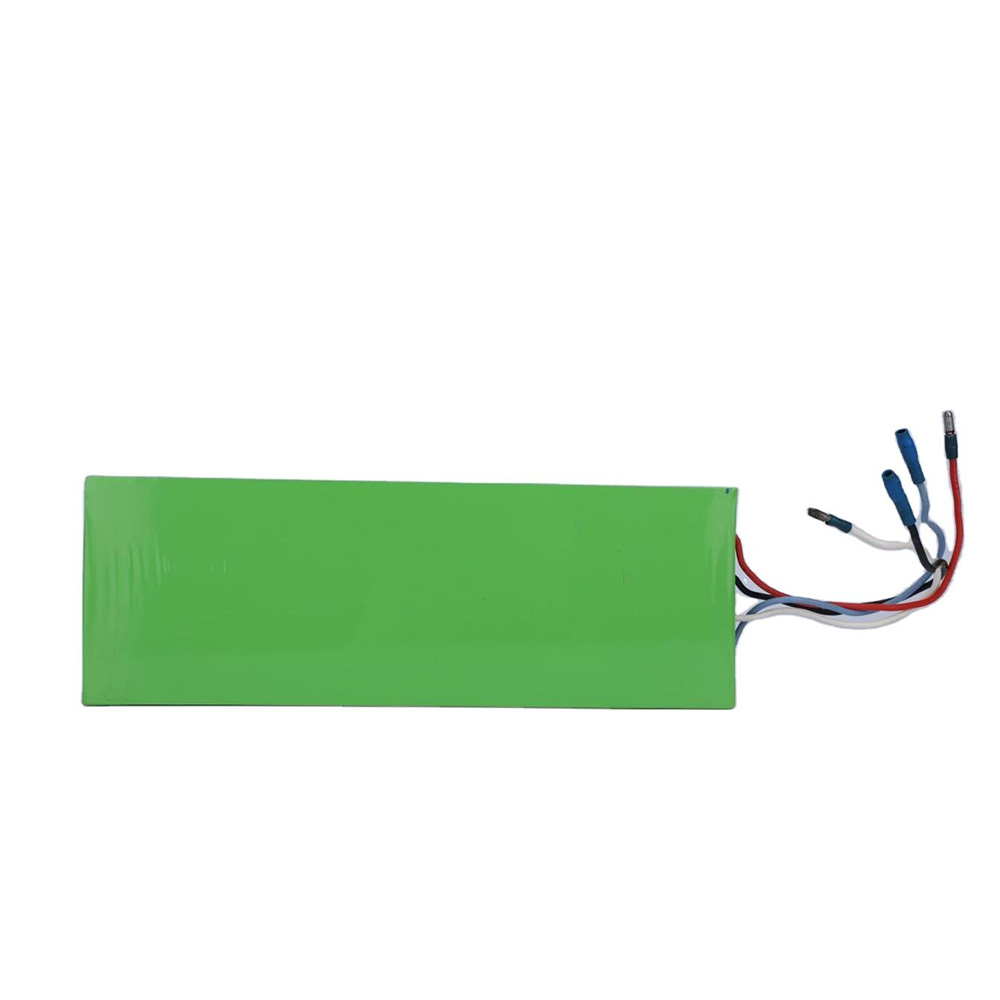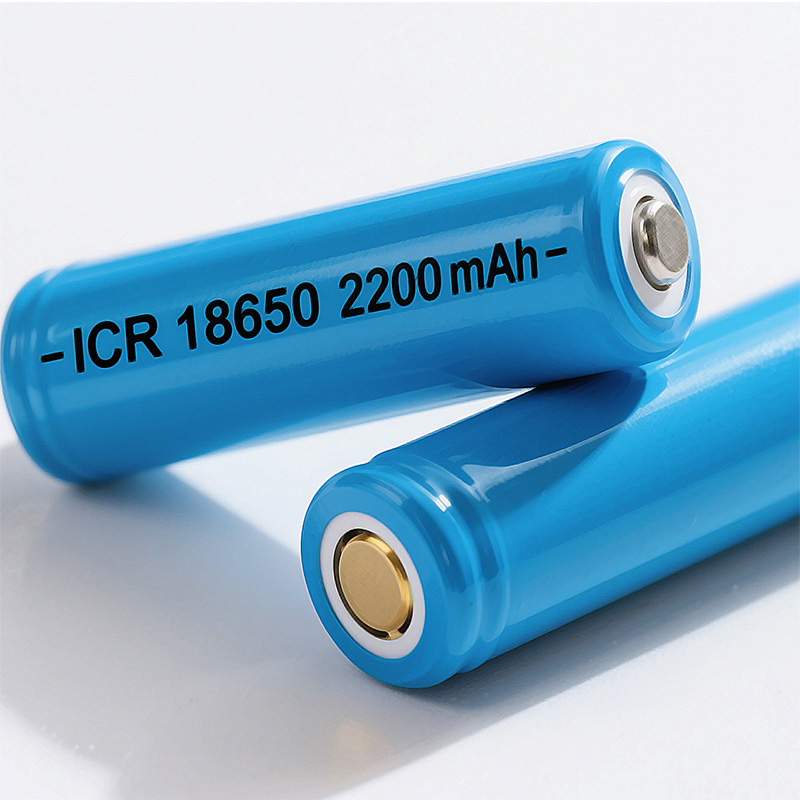Blog
Explore the Power of Lithium Innovation
Stay updated with the latest trends, technologies, and application insights in the world of lithium battery solutions
Search the whole station
Explore the Power of Lithium Innovation
Stay updated with the latest trends, technologies, and application insights in the world of lithium battery solutions
he world’s first 18650 cylindrical potassium-ion battery has recently been launched, offering a sustainable and cost-effective alternative to traditional lithium-ion batteries. This battery represents a new class of rechargeable batteries that use potassium ions as charge carriers, unlike the more common lithium-ion batteries.
The 18650 potassium-ion battery reportedly has a nominal voltage of 3.7V and an energy density of 160-180Wh/kg, comparable to lithium iron phosphate batteries. This article analyzes the differences between 18650 potassium-ion batteries and 18650 lithium-ion batteries.
Lithium-ion batteries use lithium ions as charge carriers, while potassium-ion batteries use potassium ions. Both adopt the same 18650 cylindrical size specification, making them easy to integrate into existing devices.
In terms of performance, potassium-ion batteries excel in cycle life and discharge performance, especially in electric vehicles, performing comparably to lithium-ion batteries. Both battery types achieve energy densities of 160-180Wh/kg, ensuring compatibility with modern electronic devices.
The main material difference lies in their charge transport ions: lithium vs potassium.
Potassium-ion batteries operate at a standard voltage of 3.7V, ensuring compatibility with modern electronics and energy storage systems.
Both battery types work by inserting and extracting ions from the electrodes to store and release energy:
Lithium-ion batteries excel in high energy density, fast-charging, and long lifespan. Key points:
Lithium-ion batteries remain the mainstream choice due to high energy density, fast charging, and long lifespan. Meanwhile, potassium-ion batteries are emerging as a promising alternative with cost advantages, comparable energy density, and the potential to replace traditional lead-acid batteries in specific applications.
As potassium-ion technology matures, it could become an important player in energy storage and sustainable battery solutions.

High-performance 36V 10Ah water bottle lithium battery for electric bikes. Lightweight 3.5kg, fast charging in 1.5–2 hours, safe & durable with up to 500 cycles. Ideal for commuting and long rides.

high-performance 18650 Battery 4000mAh, offering stable 24V power and deep cycle support. Perfect for electric scooters, power tools, and energy storage systems. Built-in safety protections ensure long-lasting, reliable performance.

Wholesale ICR 18650 2200mAh 3.7V lithium batteries with optional customized packs. Supports external wiring and various wire leads to meet your project-specific needs.

18650 3.7V 1500mAh lithium-ion rechargeable batteries from China, ideal for flashlights, power banks, electric tools, and more. High capacity, long cycle life, full safety features, and customizable OEM/ODM services. Fast global shipping available.
A UK–US research team has discovered a way to suppress lithium plating in EV batteries, paving the way for faster charging, longer lifespan, and safer electric vehicles.
View details18650-2S1P lithium battery pack—structure, specs, applications, and tips for custom battery solutions with built-in protection and global certifications.
View detailsBloombergNEF reports lithium-ion battery pack prices fell 14% in 2023 to $139/kWh. Explore the reasons behind the decline, regional price differences, LFP adoption, and forecasts through 2030.
View detailsA detailed guide to drone battery selection: pros and cons of official, compatible, and DIY batteries, with real user experiences to help you find the right flight solution.
View details
HelloPlease log in